Car culture has its own language, and like any language, it’s full of shortcuts, exaggerations, and misused words that everyone accepts without a second thought. Mechanics, enthusiasts, and even automakers themselves often use terms that are not strictly correct, but they’re so widely understood that correcting them feels pointless. The truth is, many of these terms have stuck because they sound catchy, are easy to remember, or came from a clever piece of marketing decades ago. Here are some of the most common car terms that are technically wrong — but ones we’re probably never going to stop using.
Horsepower

The word horsepower makes most people think of an army of horses galloping under the hood. In reality, it’s a clever bit of marketing from James Watt in the 18th century, who used it to help sell steam engines. He wanted people to understand power output by comparing it to horses, which were the standard measure of work at the time. Horsepower today is simply a calculation of torque multiplied by RPM, with no horses involved at all. Still, tell someone your car makes 400 horsepower and you immediately sound impressive — far more so than quoting torque values or kilowatts.
Torque Steer
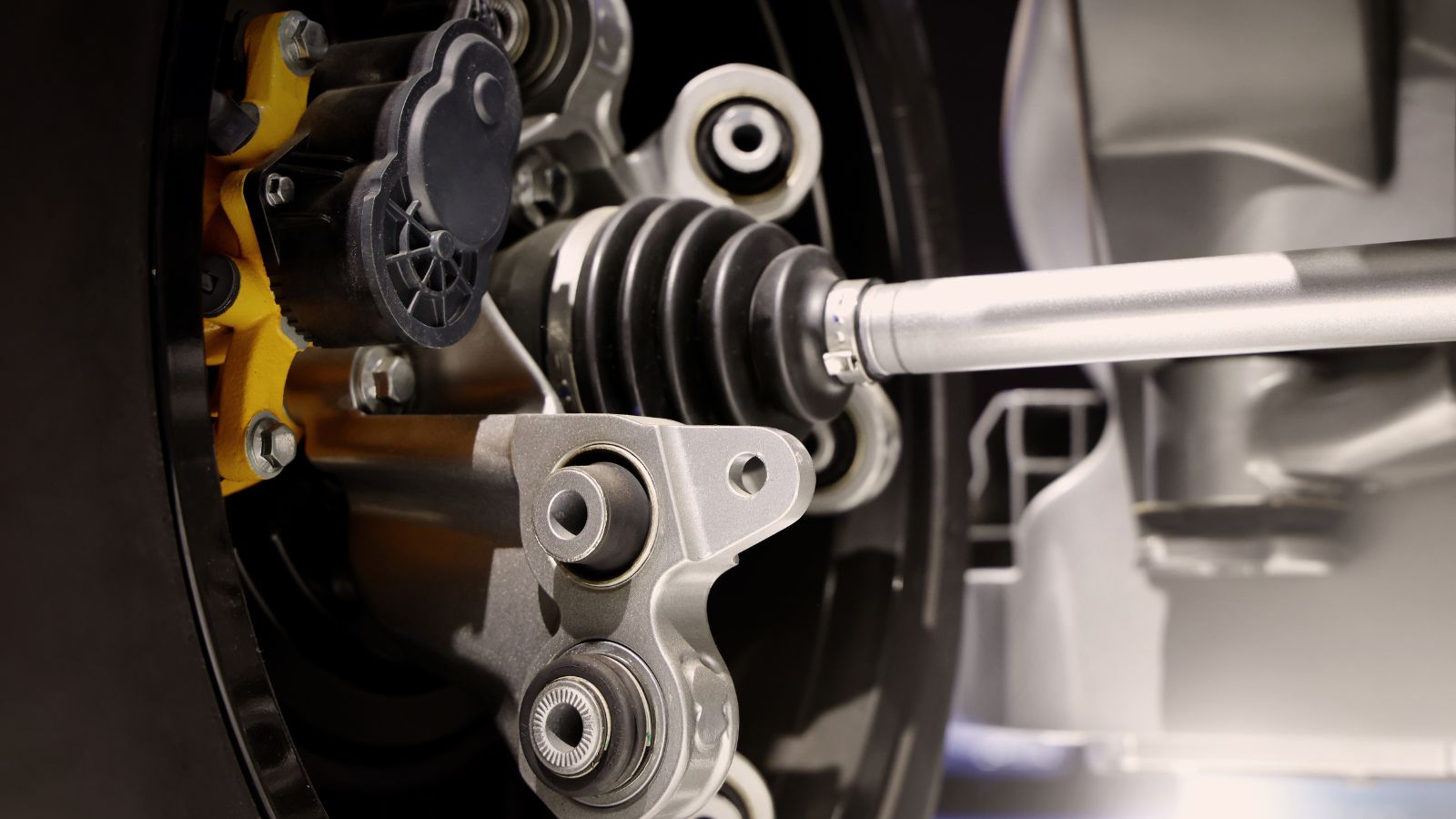
Anyone who has floored a powerful front wheel drive car knows the sensation of the steering wheel tugging to one side. We call it torque steer, even though torque isn’t literally steering the wheels. What’s happening is more complicated: differences in driveshaft length, suspension geometry, and traction levels cause uneven forces. The phrase “torque steer” simplifies this into something anyone can grasp. It also became a handy shorthand in the 1980s when turbocharged front drive cars became popular. Engineers have mostly reduced the effect in modern designs, but the term stuck as part of the enthusiast vocabulary.
Turbo Lag

Back in the early days of turbocharging, particularly in the 1970s and 1980s, drivers would floor the gas pedal and wait a heartbeat before the car suddenly launched forward. This pause became known as turbo lag. Technically, the turbo isn’t lagging; it just needs time to build boost from exhaust gases. Advances like twin scroll turbines and variable geometry designs have almost erased the delay, but the term is so ingrained in car culture that we use it to describe any hesitation in acceleration. Ask anyone who drove a Saab 900 Turbo or an old Porsche 911 Turbo — turbo lag was real enough to them.
Revving the Engine
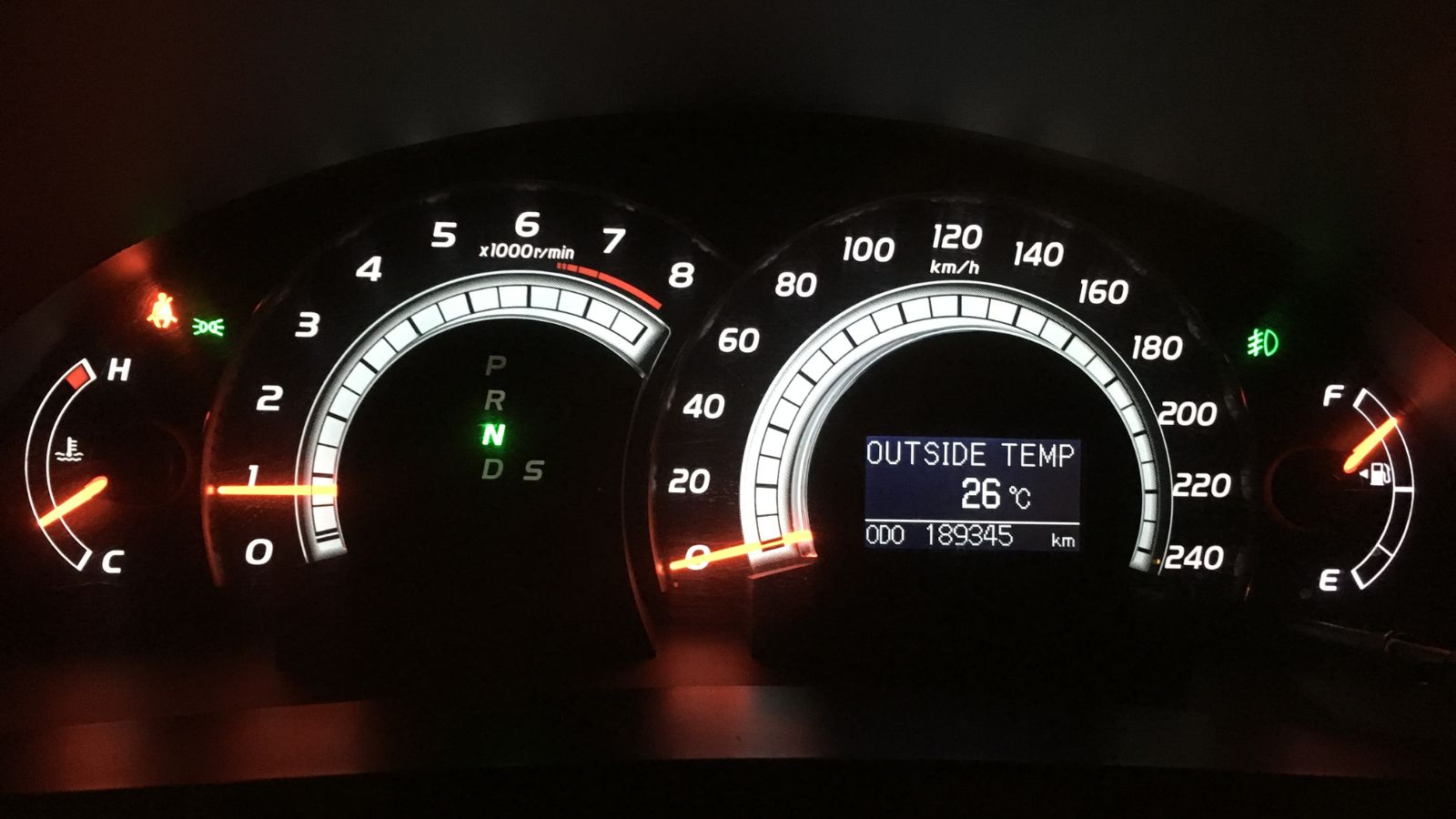
“Rev it up!” is one of the most universal phrases in car culture. But what is a “rev,” really? It’s just shorthand for revolutions, as in revolutions per minute (RPM). When you rev the engine, you’re increasing its speed, measured in RPM. No service manual ever mentions “revving,” but the slang is so effective that even official marketing uses it. Think of how many commercials shout about “high revving engines.” It doesn’t matter that it’s not technically precise — everyone knows exactly what it means.
Jump Starting
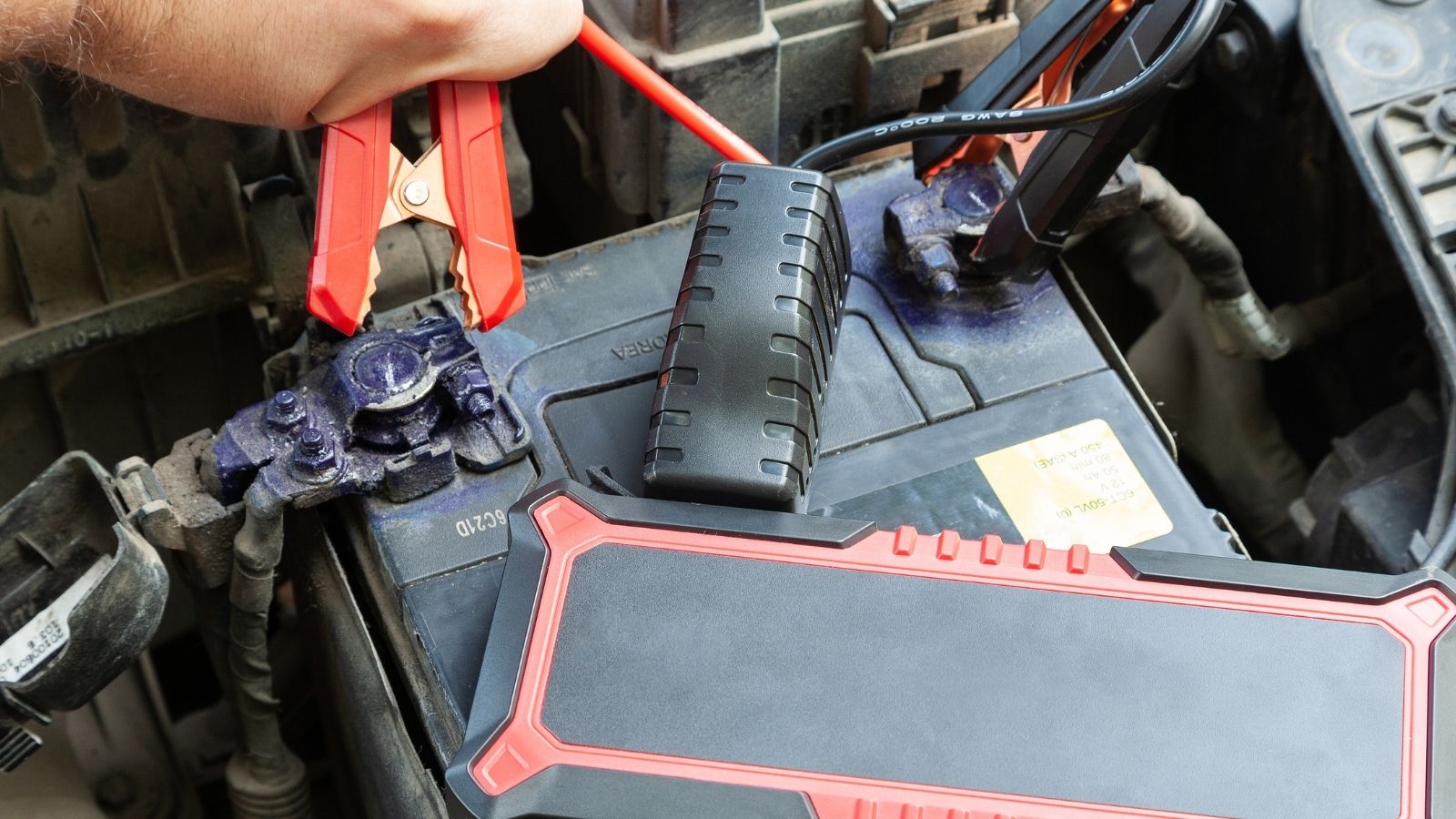
There’s nothing jumping about jump starting a car. What you’re really doing is supplying an external battery current to turn over the engine. The more correct term would be “boost starting” or “using auxiliary power,” but that never caught on. The phrase “jump start” took hold after World War II, when portable jump packs and booster cables became widely available. It just sounded dramatic, as if your car was springing back to life. Nobody in the real world is going to say, “I need an auxiliary power assist.” They’re going to ask for a jump.
Check Engine Light
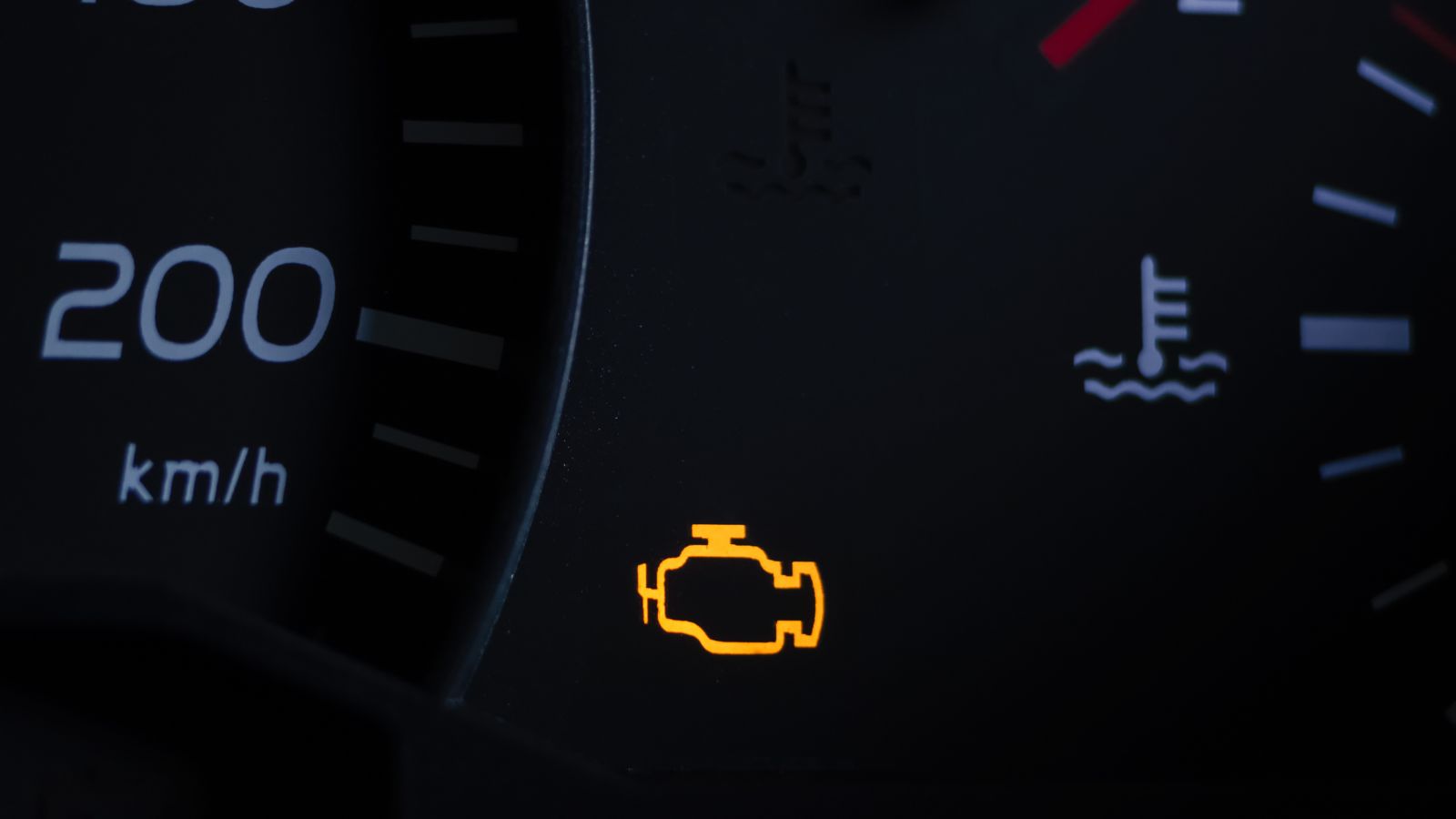
That little glowing orange symbol has ruined many mornings. But calling it the “check engine” light is misleading. It doesn’t necessarily mean the engine itself has a problem; it could be anything from a loose gas cap to a faulty sensor. The actual term technicians use is “malfunction indicator lamp,” which sounds sterile and unhelpful. “Check engine light” might not be accurate, but it’s a lot more direct, and it has become universal. The funny part is, most people don’t check anything when it comes on — they just ignore it until inspection time.
Blinker

Turn signals are officially known as indicators, or signal lights. But in North America, almost everyone calls them blinkers. The name made sense in the 1950s and 1960s when the bulbs literally blinked on and off using a mechanical relay. Today’s modern LED lights don’t blink in the traditional sense; they pulse electronically. Yet the word blinker remains firmly in use. If you tell a mechanic your blinker isn’t working, they know what you mean. It’s an example of language evolving even after the technology changes.
Gas Pedal

Your right foot doesn’t actually control gasoline anymore. In modern cars, the so called gas pedal is linked to a sensor that sends an electronic signal to the engine computer, which then manages air intake and fuel injection. Technically it should be called the accelerator pedal. But “gas pedal” is short, familiar, and colourful. The irony is that with electric cars, it makes even less sense — you’re not controlling gas at all. Yet drivers still talk about stomping on the gas, even when no fuel is involved.
Alternator
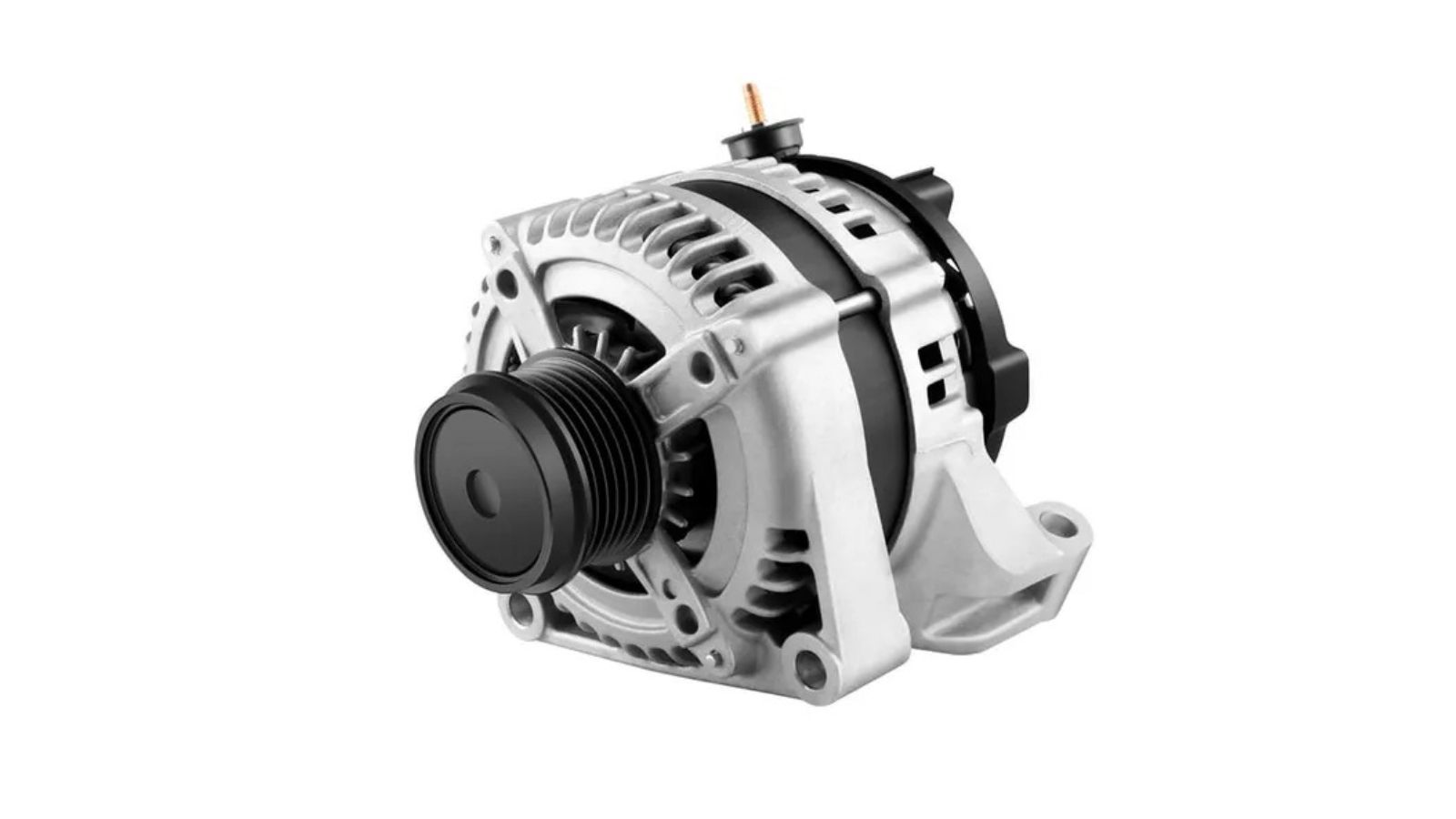
The alternator has been around for decades, but its name is a simplification. What we call an alternator is really an alternating current generator with built in rectifiers to convert AC into DC for the battery. Saying all that out loud would bore anyone. Alternator is easier and has become the standard term, even in repair manuals. In fact, most car owners don’t care what it does as long as their lights stay bright and their battery doesn’t die.
Parking Brake

This is one of the more ironic terms. Most people call it the parking brake, but in many cars it’s more of an emergency brake, meant to stop the car if the main brakes fail. Back in the day, drivers actually used it for parking on slopes, especially with manual transmissions. Today, electronic parking brakes have made it a simple button press. The name is misleading, but it stuck because “emergency brake” sounds alarming. Nobody wants to think their car needs an emergency system just to stay put.
Muffler

Exhaust systems are complex, with multiple components working together. The muffler only handles noise reduction, while the catalytic converter, resonator, and piping all do their part. Still, the word muffler has become the go to phrase for anything wrong under the back of the car. Ask a mechanic, and half the time when someone says their muffler is broken, it’s actually another part. But muffler is easy to remember, and it became part of American car culture thanks to aftermarket companies advertising “performance mufflers” in the 1960s.
RPM Gauge
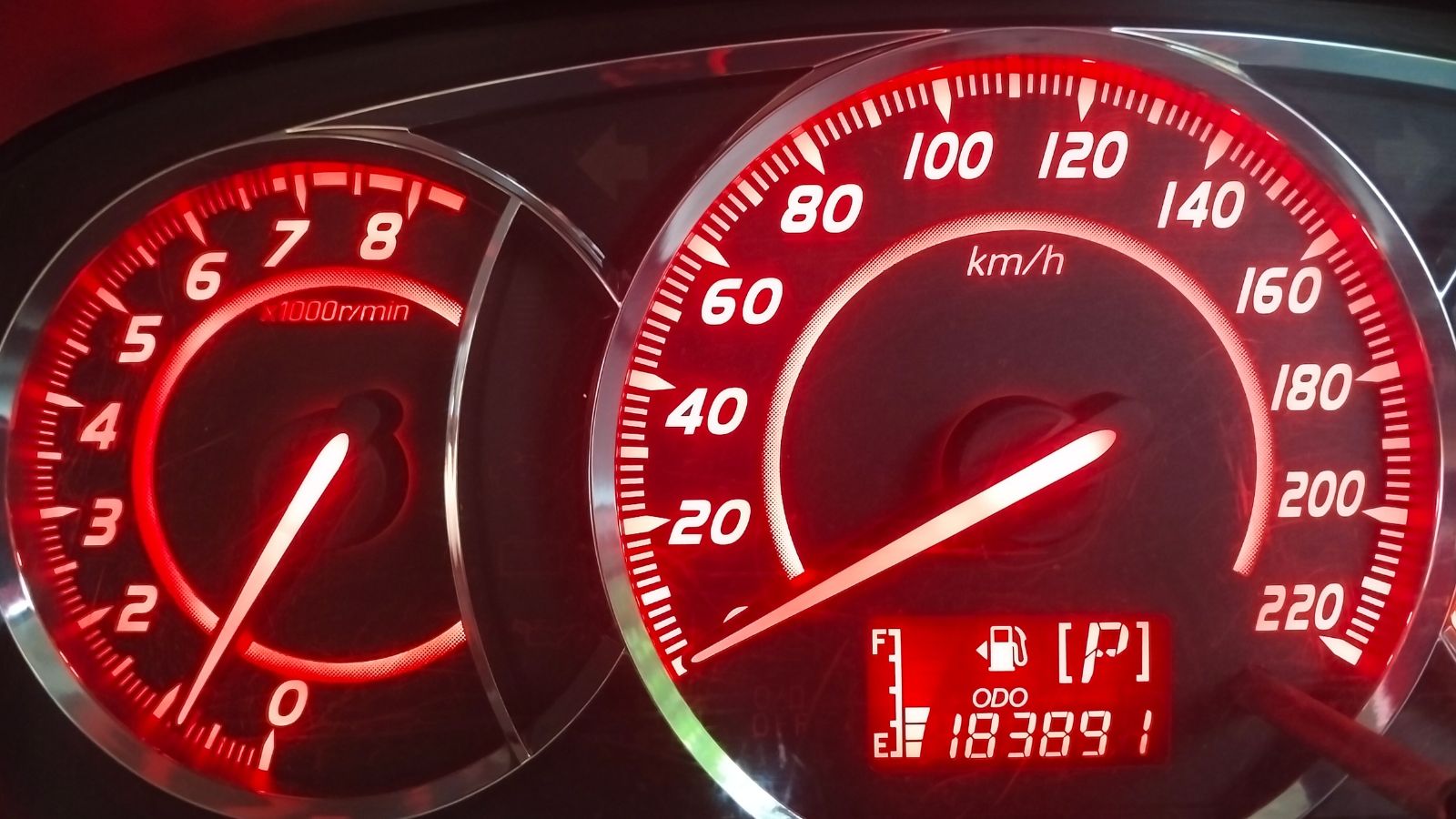
What sits on your dashboard is called a tachometer, not an RPM gauge. It doesn’t actually count revolutions directly but interprets signals from the crankshaft or ignition system. Still, calling it the RPM gauge has become so common that even casual drivers who barely care about engines use the term. Try telling someone to “watch the tachometer” and you’ll get blank stares. Say “keep an eye on the RPMs” and they’ll know exactly what you mean.
Shock Absorbers
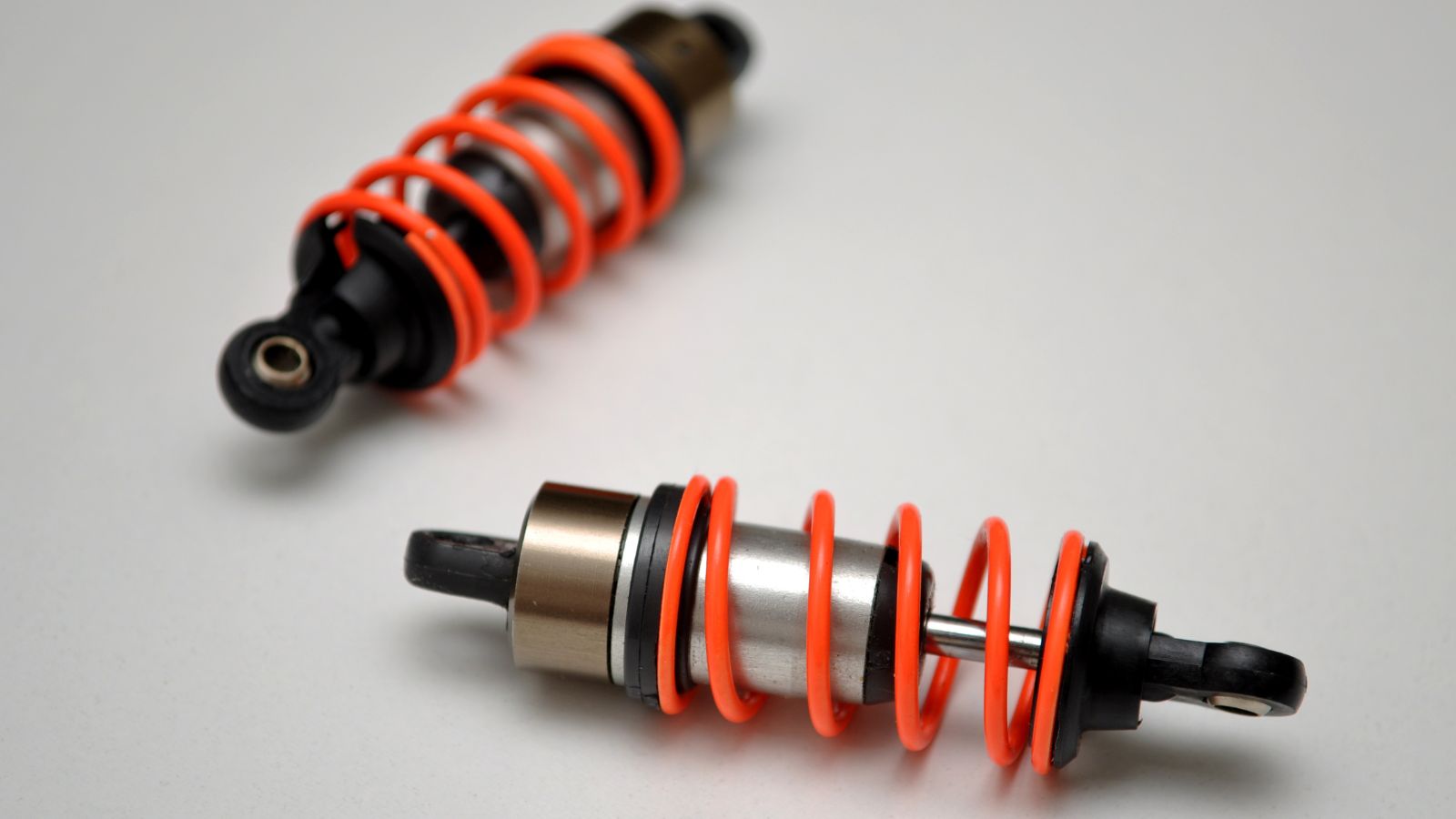
The term shock absorber is another one that’s technically misleading. They don’t absorb shocks so much as control the oscillations of the suspension springs. The real name should be dampers, which is what engineers and race teams call them. But “shock absorbers” has been the popular term for decades, and it’s not going anywhere. In fact, the name became so ingrained that aftermarket companies built entire marketing campaigns around “performance shocks.”
Overdrive

Many older cars had a button labeled overdrive, which drivers assumed meant a burst of extra power. In reality, it was simply a higher gear ratio designed to reduce engine speed at cruising speeds, improving fuel economy. The name gave it an aura of performance, but the truth was far less exciting. Even though modern automatics no longer advertise an overdrive button, the term lives on in conversation when people describe relaxed highway driving.
Timing Belt

Plenty of people think the timing belt sets the timing of the engine. In truth, it synchronizes the rotation of the crankshaft and camshaft so the valves open and close at the right times. The name makes it sound like the belt is actively controlling timing, when really it just keeps everything in sync. Timing chain engines don’t even use belts, but the term has become so familiar that many drivers don’t care about the distinction.
